
Moldy bread is most certainly an unwelcome sight first thing in the morning. The presence of the greenish blue fungi typically means the moist bread has been left in a warm, confined environment for a day or two. If moisture and warmth lead to mold, the natural question might be whether the opposite -- a dry, frozen environment -- will destroy it.
Will Freezing Really Kill Off Mold?
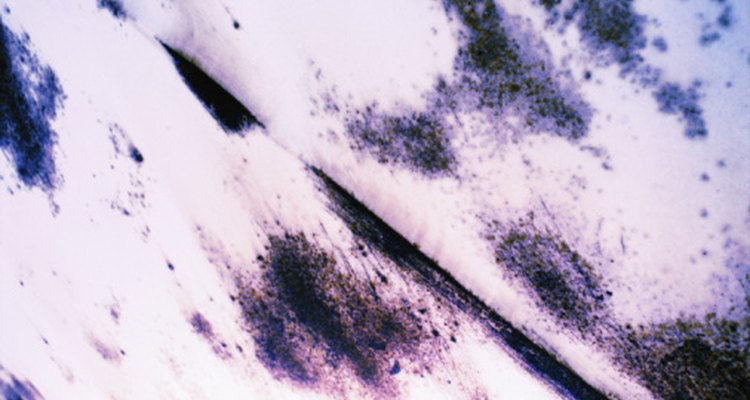
The straightforward answer is that freezing will not do the job. Freezing is merely a fungistatic measure: in other words, it stops the mold from growing but won't destroy it. Freezing will simply make the mold dormant.
Can the Rest of the Loaf Be Saved?
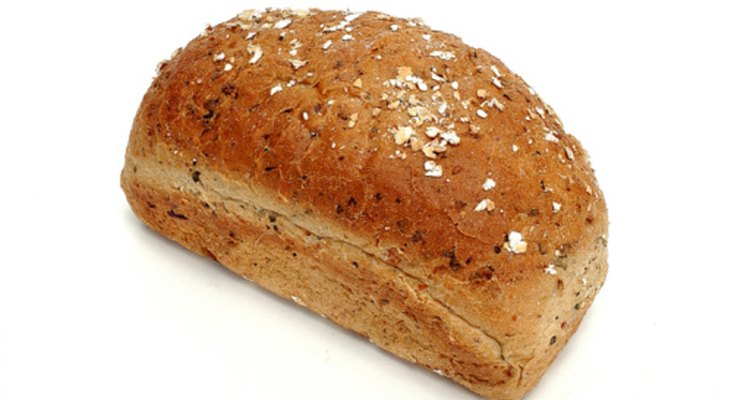
It may be tempting to just toss out the moldy slices and eat the rest, especially if the other pieces appear perfectly edible. However, this is really not a good idea. Chances are high that microscopic mold spores are already on the pieces that seem unaffected.
Can I Delay Mold Growth on Bread?
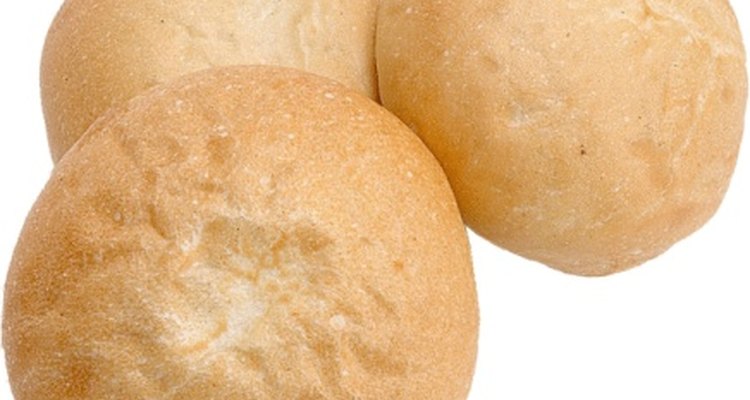
Mold grows in moist and slightly warm environments (70 to 75 degrees F). You can delay mold growth by choosing a drier bread or one that has preservatives -- not very appealing options at all. However, if you enjoy sourdough, mold need not be an issue. Sourdough bread can still go stale, but owing to its acidity and the presence of lactic acid bacteria, it's virtually mold resistant.
Related Articles

Does Light Affect How Long Bread Will ...

Does Bread Expire?
How to Freeze a Baguette

How Long Does Banana Bread Stay Fresh?

How to Store Fresh Baked Bread

How to Freeze Brioche

What Conditions Make Mold Grow on Bread ...

How to Know if Banana Bread Is Spoiled

How to Freeze a Loaf of Bread
How to Keep Crusty Italian Bread Soft

Quick Method for Thawing Frozen Bread ...
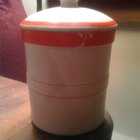
How to Make a Bread Starter
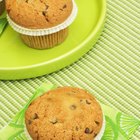
How to Keep Muffins From Going Moldy
How to Keep Indian Fry Bread Fresh
What Is Rusk Bread?
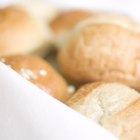
Can Yeast Bread Dough Be Frozen Before ...
Easy Banana Bread Recipe
How to Freeze a Fruitcake

How Long Should Bread Cool Before ...

What Are the Causes for an Uncooked ...
References
Writer Bio
Cindy Ying has been freelance writing since 2005, her work appearing in "TIME for Students" and "ABC Magazine" in Taiwan. She holds a Bachelor of Arts in English Literature from the University of Western Ontario. Ying is also a practicing nurse and currently resides in British Columbia.
Photo Credits
Jupiterimages/Photos.com/Getty Images